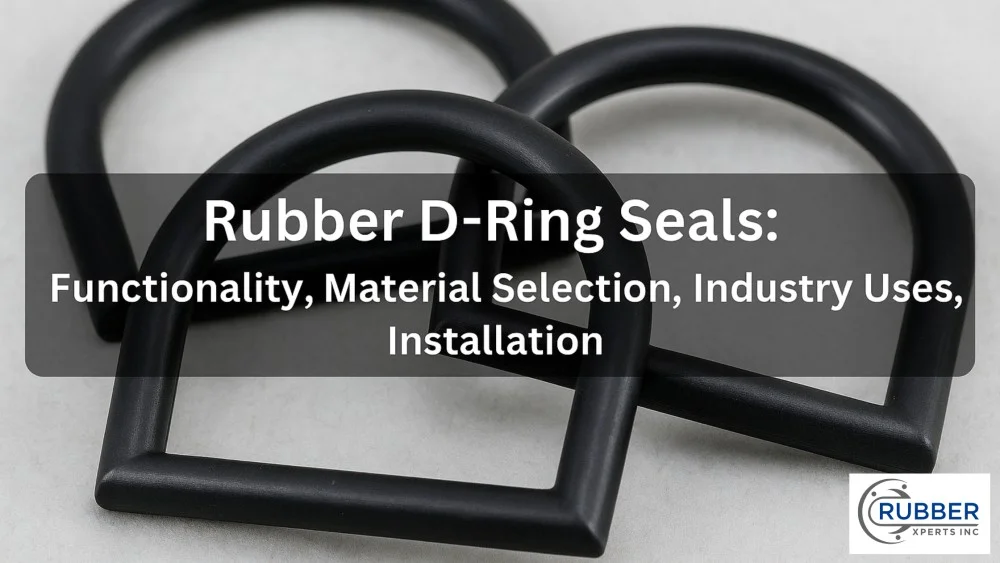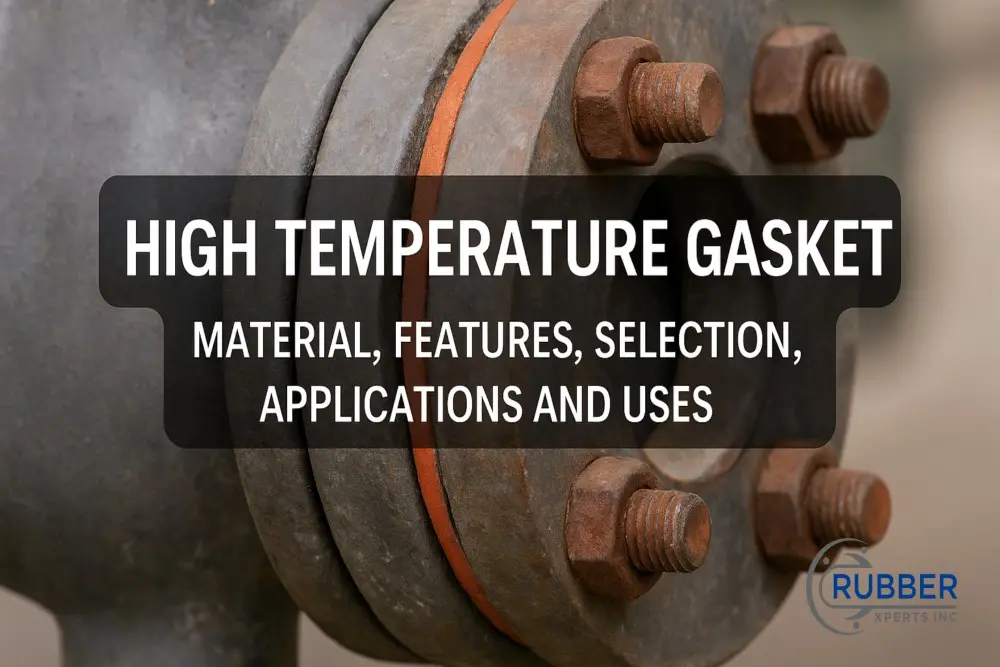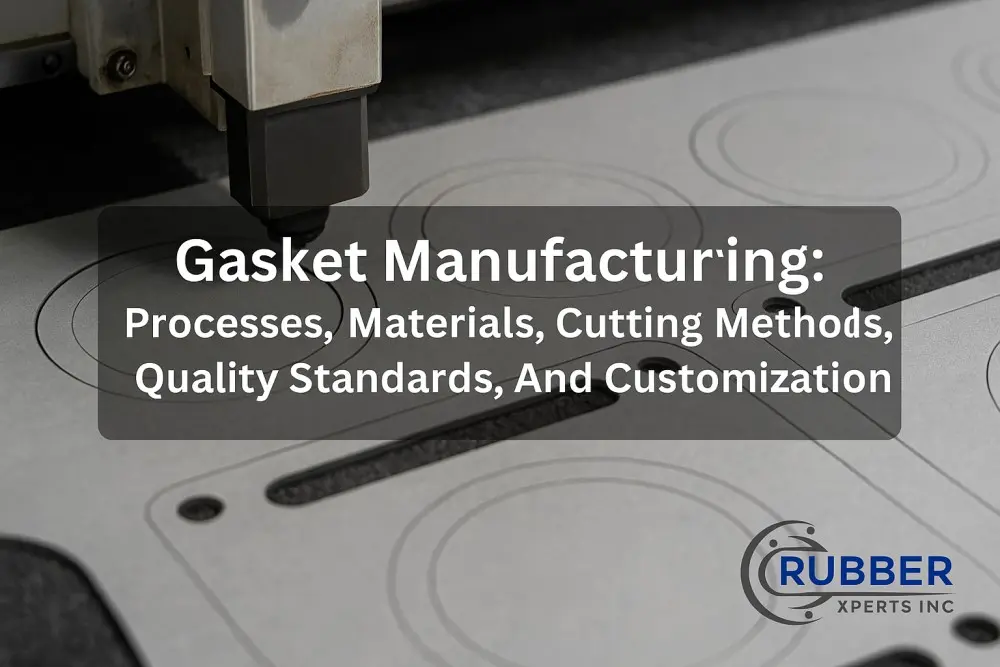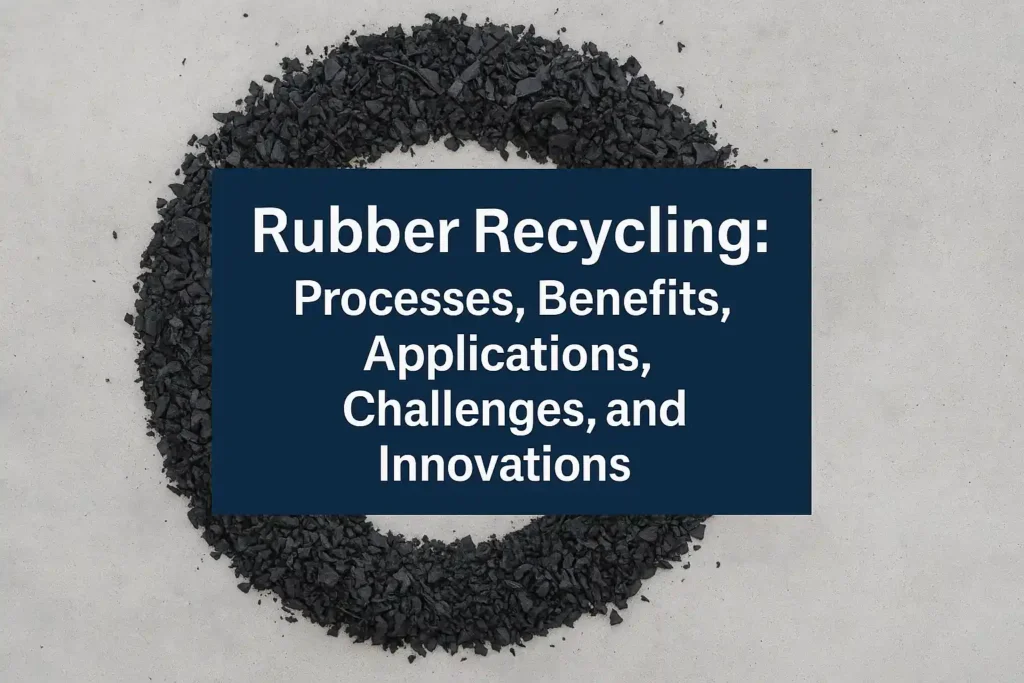Have you ever had a machine that leaks or doesn’t work right?
This could happen if you use the wrong o-ring materials.
For example, buna o-rings can break down and leak if used in very hot conditions.
On the other hand, using silicone o-rings in a situation where buna works just fine can lead to unnecessary costs.
But first, are you clear on the difference between buna and silicone o-rings?
Whether you need a buna or a silicon rubber o-ring, you can find the best selections in our catalogue.
If you have specific rubber customization needs, contact us.
Buna-N vs. Silicone Rubber O-Rings
![]()
O-rings are small, round seals used in machinery to prevent leaks.
They are designed to fit into grooves between two parts of a machine.
When the machine is assembled, the o-ring forms a tight seal that stops fluids or gases from escaping.
The choice of o-ring material depends on the difference between buna and silicone o-rings and affects how well it performs in stopping leaks.
Material Compatibility
Buna o-rings are made from nitrile rubber, which is specially formulated to resist damage from oils and fuels.
This makes them ideal for machines that use petroleum-based products, like engine components or fuel systems.
For example, if your machine frequently comes into contact with gasoline or motor oil, buna o-rings are a good choice because they won’t degrade quickly in these conditions.
They also handle mechanical stress well, making them suitable for parts that move or vibrate.
Silicone o-rings are made from a type of rubber that remains flexible at high and low temperatures.
They are perfect for machines that operate in environments with extreme temperatures or deal with chemicals.
For instance, if your machine operates in a food processing plant where temperatures can vary greatly or in a medical device that must withstand sterilization processes, silicone o-rings will perform well.
They also offer good resistance to certain chemicals, making them suitable for applications involving a range of substances beyond just oils and fuels.
Temperature Resistance
Buna o-rings are designed to work in a temperature range from -40°F to 250°F (-40°C to 121°C).
This range covers most industrial and automotive environments where temperatures are moderate.
If your machine operates within this temperature range, buna o-rings will maintain their sealing ability effectively.
However, if your machine experiences temperatures that go beyond this range, buna o-rings might not perform well.
Extreme temperatures can cause them to become too stiff or too soft, leading to potential leaks.
If your machine operates in conditions involving high heat or extreme cold, knowing whether buna vs. silicone o-rings is better can make a big difference.
Silicone o-rings can handle temperatures from -100°F to 500°F (-73°C to 260°C).
This wide range allows them to function reliably in both very hot and very cold environments.
Therefore, silicone o-rings are a better choice for this condition.
They remain flexible and maintain a good seal across these temperatures, ensuring that your machine continues to function properly without leaks.
Chemical Resistance
Buna o-rings are resistant to many types of oils and fuels, which makes them ideal for machines that use these substances.
They are less effective against strong acids or bases, which is a key aspect of the difference between buna vs. silicone o-rings.
For example, if your machine is exposed to gasoline or diesel fuel, buna o-rings will resist damage and continue to seal well.
However, if the machine also deals with harsh chemicals like concentrated acids or strong cleaning agents, buna o-rings might not last as long.
In such cases, a different material might be needed to ensure the o-ring does not degrade or fail.
Silicone o-rings have excellent resistance to a wide range of chemicals, including some acids and bases.
This makes them suitable for machines that are exposed to various chemical environments.
For example, if your machine deals with chemicals used in cleaning processes or manufacturing, silicone o-rings will provide reliable sealing and durability.
However, they may not handle hydrocarbons and oils as effectively as buna o-rings.
If the primary exposure is to these substances, buna might be a better choice.
Mechanical Properties
Buna o-rings are known for their strength and durability.
They resist tearing and abrasion, which makes them suitable for high-pressure applications where the o-ring is subject to significant mechanical stress.
If your machine involves moving parts or operates under high pressure, buna o-rings will hold up well and continue to provide a good seal.
Their toughness helps prevent leaks and extends the life of the o-ring, making them a reliable choice for demanding conditions.
Silicone o-rings are highly flexible and maintain their sealing ability even when compressed or stretched.
They have excellent “compression set resistance,” meaning they do not permanently deform after being compressed.
This is important for machines where the o-ring must repeatedly compress and expand, such as in dynamic sealing applications.
Silicone o-rings will continue to provide an effective seal without losing their shape, which helps maintain the machine’s efficiency and prevents leaks over time.
Cost and Availability
Buna o-rings are usually less expensive than silicone o-rings. Buna vs. silicone o-rings differ in availability, with buna often being widely available in many sizes, making it easy to find the right o-ring for your machine.
This cost-effectiveness and availability make buna o-rings a popular choice for many standard applications.
If your budget is a concern and your machine operates within typical conditions, buna o-rings offer a reliable and affordable option.
Silicone o-rings tend to be more expensive due to their specialized properties and performance benefits.
Despite the higher cost, they offer significant advantages in extreme conditions.
If your machine operates in high-temperature or chemical environments and you need long-lasting performance, investing in silicone o-rings can be worthwhile.
They may not always be as readily available in all sizes, but their durability and effectiveness in harsh conditions justify the higher price.
Conclusion
Choosing the right materials between buna vs. silicone o-rings is crucial for avoiding leaks and maintaining your machinery’s efficiency.
Buna o-rings are durable and cost-effective for standard conditions but can fail in extreme temperatures or harsh chemicals.
Silicone o-rings, on the other hand, handle extreme temperatures and chemicals well but are more expensive.
Understanding the difference between buna and silicone o-rings can help you select the best o-rings for your needs.
But if you’re unsure which o-ring is right for your equipment, contact Rubber Xperts!
We offer high-quality buna and silicone o-rings for your specific needs.
Let us help you find the perfect solution for your machinery and ensure optimal performance.





